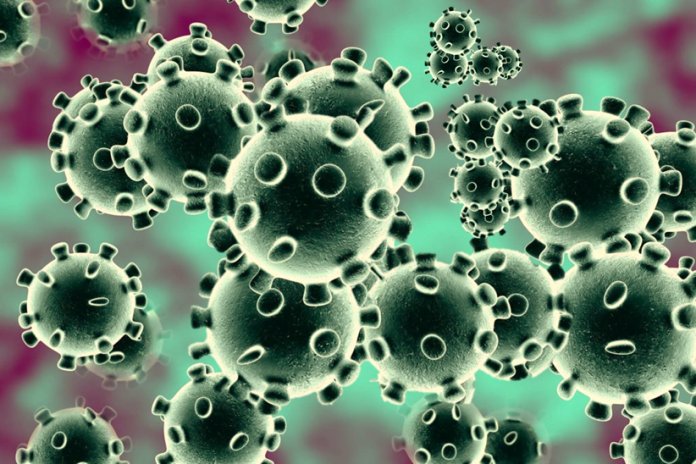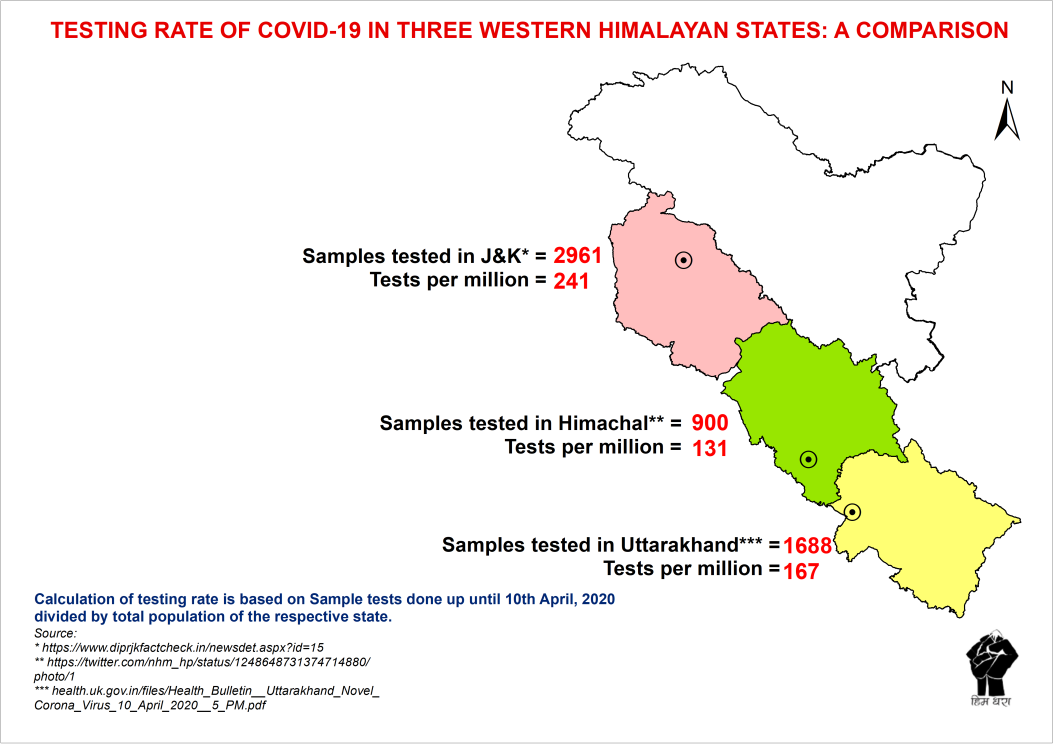We are currently under the grip of a pandemic by the name of COVID-19 that has brought life to a standstill as we know it. This world-wide public health crisis has affected the lives and livelihoods of billions of people, and governments have been forced to take stern measures to tackle the contagion in the interest of the citizens. The containment policy in the state of Himachal Pradesh and the entire country, in the form of a curfew and national lockdown, has been shown to be critical by the State so that the spread of the virus is controlled and that there is enough time to prepare the public health machinery in case of a wider outbreak/community transmission, which many experts have pointed is likely to happen in time.
We understand the seriousness of this crisis and have put together this note to highlight and draw attention towards some of the questions and concerns that have arisen in the aftermath of the curfew and lockdown in Himachal Pradesh. We hope that this note will provide some insight and input for civil society, citizens and actors of the state in responding this public health crisis and the impacts of the lockdown in a just and effective manner. Click to Download detailed Note
———————————————–
Here is a comparison of COVID figures in Western Himalayas: J&K, Uttarakhand and Himachal.
| State/ UT | Total number of samples tested | Number of negative samples | Number of positive samples | Deaths | Recovered | Total population (million) | Tests conducted Per million |
| Jammu & Kashmir* | 2961
|
2754
|
207 | 4 | 6 | 12.3 | 241 |
| Himachal Pradesh** | 900
|
870
|
28 | 1 | 5 | 6.86 | 131 |
| Uttarakhand*** | 1688
|
1320
|
35 | 0 | 5 | 10.1 | 167 |
| Total | 5549 | 4944
|
270 | 5 | 16 |
Testing is crucial to understand the spread of the disease.
Source: *https://www.diprjkfactcheck.in/newsdet.aspx?id=15
** https://twitter.com/nhm_hp/status/1248648731374714880/photo/1
***health.uk.gov.in/files/Health_Bulletin__Uttarakhand_Novel_Corona_Virus_10_April_2020__5_PM.pdf
Data used is up until 10th April 2020: There may be slight/minor variation in numbers depending on the time of the media bulletins release in different states
———-
Summary of Steps that the State Government needs to take:
- Testing more and increasing the test rate
- Ending myths, social stigma, hate and fear-mongering around the disease especially against vulnerable communities. Strict and immediate legal action in cases of violence against migrant labourers, health workers and members of minorities.
- Adhere to guidelines of WHO and ICMR while reporting about the disease
- Step-up on preparing the public health system and emergency response mechanism (safety plus testing kits/beds/personnel/ventilators etc) and report the status of the same in media briefs on a daily basis
- Provide information in public domain on status of the relief work and facilities extended to low income families, migrant and daily-wage labour and other vulnerable communities
- Assessment and fulfillment of fodder, seeds and other needs of farmers/livestock-rearers – involving farmer organisations in the same. Ensure that movement of pastoral communities continues unhindered and they do not face hurdles locally, even as they continue practicing physical distancing.
- Ensure access of all central and state government relief schemes and release daily bulletins on the same
- Involve non-governmental organisations and activists in co-ordination, planning and lockdown exit plan at district level.
- Use a participatory approach. This is a public health crisis and an authoritarian centralised approach in not just counterproductive but a threat to our democracy
- Ensure safety of health workers and frontline health personnel
- Address the problem of those who may be stuck outside the state – allowing their return into the state after adequate testing and quarantine measures
- Special measures to be taken keeping in mind the non accessibility of remote and inaccessible regions like Lahaul Spiti and Kinnaur where the disease may spread in the winters
- The lock-down exit strategy task force should chart out a long term plan to put in place a robust bottom up institutional mechanism at the district, block, panchayat and ward levels. Through these channels, quarantine and public health facilities, status of essential commodities and services, handling of coronavirus testing, conditions of migrant workers, status of daily wage labourers and other vulnerable section, should be monitored during lock-down extension period. The police and vigilance departments may work in close co-ordination with these channels.
This is a time when mountain communities, mostly residing in rural, remote, difficult and far flung areas, need each other’s solidarity and support to survive the lockdown period and to deal with the disease together. Maintaining peace and harmony must be the priority and responsibility of each and every citizen of the state, especially the media and the state apparatus.
Himachal is a state that was until a few years ago neck to neck with Kerala in some of the social development indicators like health, education and basic infrastructure. There needs to be an honest assessment of the failures of the system. We need to learn our lessons from the example of Kerala and how they have dealt with the COVID-19 crisis. As a small state with a low density of population and a resilient community we have many advantages that we must use at this moment. The government must work on setting an example as Kerala has set for the rest of the country rather than losing the plot in the time of the pandemic.
Featured Image from Google Images – used widely on the web







